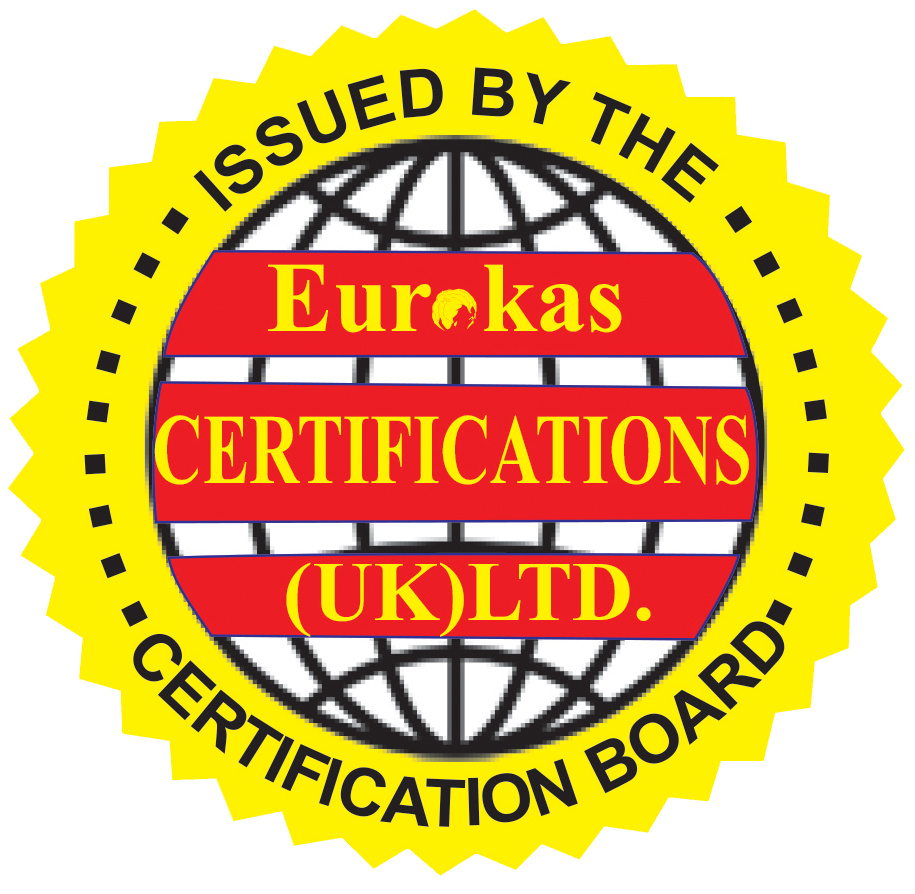ISO 14001 is an international standard for Environmental Management Systems (EMS). It provides a framework for organizations to manage and improve their environmental performance. Here’s an overview of ISO 14001 certification:
Overview:
ISO 14001:2015 is the latest version of the standard, and it outlines the criteria for an effective environmental management system. The standard is based on the Plan-Do-Check-Act (PDCA) cycle and incorporates a commitment to compliance with applicable legal requirements and a focus on continual improvement.
Key Principles and Requirements:
- Environmental Policy: Establish and maintain an environmental policy that includes a commitment to compliance with legal requirements and continual improvement.
- Planning: Identify environmental aspects and impacts, legal requirements, and set environmental objectives and targets.
- Implementation and Operation: Establish the structure, roles, responsibilities, and resources for implementing the EMS. This includes training, communication, and establishing documented procedures.
- Monitoring and Measurement: Monitor and measure key characteristics of operations that can have a significant impact on the environment.
- Evaluation of Compliance: Establish, maintain, and regularly evaluate procedures for periodically assessing compliance with applicable legal requirements.
- Review of Environmental Performance: Conduct regular management reviews of the EMS to ensure its continuing suitability, adequacy, and effectiveness.
- Continual Improvement: Act on opportunities for improvement and respond to environmental incidents, aiming for ongoing improvement in environmental performance.
Certification Process:
Achieving ISO 14001 certification involves several steps:
- Gap Analysis: Assess the current state of environmental management against ISO 14001 requirements.
- Documentation: Develop and implement necessary documentation, including an environmental policy, procedures, and records.
- Implementation: Implement the EMS and monitor its effectiveness.
- Internal Audit: Conduct internal audits to assess compliance and identify areas for improvement.
- Management Review: Top management reviews the EMS to ensure its continuing suitability, adequacy, and effectiveness.
- Certification Audit: An external certification body conducts an audit to determine if the organization meets ISO 14001 requirements.
- Certification Decision: The certification body issues ISO 14001 certification if the organization meets the standard’s criteria.
Benefits of ISO 14001 Certification:
- Environmental Performance Improvement: Organizations can systematically improve their environmental performance.
- Legal Compliance: The standard helps organizations ensure compliance with applicable legal requirements.
- Cost Savings: Improved resource efficiency and waste reduction can result in cost savings.
- Market Access: ISO 14001 certification is recognized globally, providing a competitive advantage.
- Enhanced Reputation: Certification demonstrates commitment to environmental responsibility, enhancing the organization’s reputation.
ISO 14001 certification is sought by organizations to demonstrate their commitment to environmental sustainability and responsible business practices. It can be particularly important for companies looking to meet regulatory requirements and address environmental concerns.
